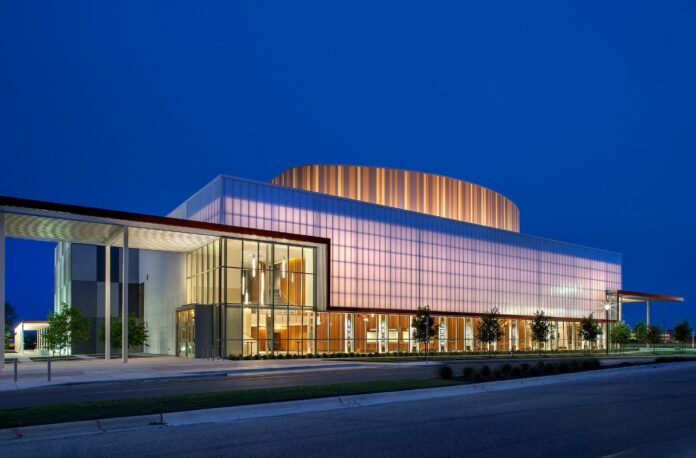
As technology continues to evolve, performing arts centers around the globe are recognizing the need to modernize to enhance audience experiences and streamline operations.
These institutions are making strategic investments in cutting-edge technology to meet current audience expectations and future-proof their facilities.
Let’s dive deep into the key technological upgrades crucial for performing arts centers to remain competitive and relevant in an increasingly digital landscape.
Advanced Ticketing Systems
One of the first touchpoints for audience members is the ticketing system. Modern performing arts centers are upgrading to advanced ticketing platforms that facilitate easier and more efficient transactions.
These systems support online bookings, digital payments, and even choose-your-own-seat features, which enhance customer convenience. By integrating these platforms with CRM systems, centers can also leverage valuable data analytics to better understand audience preferences and tailor marketing strategies accordingly.
Enhancing Audience Engagement with Augmented Reality

Augmented reality (AR) is transforming the way audiences experience live performances. By integrating AR with mobile applications, performing arts centers can offer visitors enhanced visual and auditory experiences that complement the live action on stage.
For instance, AR can provide real-time artist information, lyrics, and even translations during a live music performance. This technology enriches the viewing experience and deepens audience engagement, making experiencing live music more interactive and informative than ever before.
Streaming and Broadcast Capabilities
To reach a broader audience, performing arts centers are investing in professional-grade streaming and broadcast technologies.
These tools allow performances to be live-streamed or recorded, enabling people from around the world to enjoy shows they otherwise couldn’t attend. High-definition cameras and robust streaming software ensure that online viewers receive the same quality experience as those in the auditorium.
This expands the center’s reach and opens up new revenue streams through virtual ticket sales and subscriptions.
Smart Lighting and Visual Effects
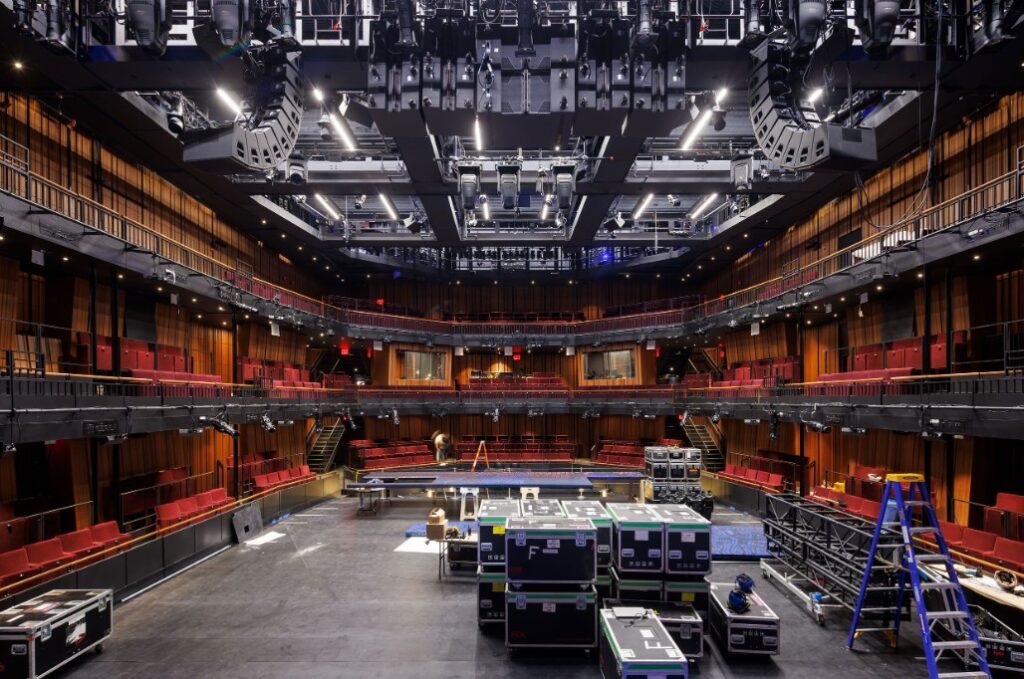
Incorporating smart lighting and visual effects technology is crucial for creating a captivating ambiance and enhancing performances. Modern lighting systems use LED technology that can produce a wide range of colors and brightness levels, all controlled via digital systems.
These systems are more energy-efficient and allow precise control over lighting effects, syncing perfectly with the performance to enhance mood and impact.
Additionally, visual effects technologies, including holograms and 3D projections, can transform stage settings, providing audiences with a more immersive experience.
Adaptive Acoustic Systems
Adaptive acoustic systems are essential in enhancing the auditory experience in modern performing arts centers. These advanced systems can automatically adjust the acoustics of a space to fit the specific needs of different performances, whether it’s a symphony concert, a rock show, or a spoken word event.
Utilizing technologies like electronic sound enhancement and variable acoustics, these systems manipulate sound reflections and absorption to optimize auditory clarity and resonance for each type of event.
This capability ensures that all performances are delivered with the highest auditory quality, catering to the nuanced demands of diverse artistic presentations.
Digital Signage and Interactive Displays
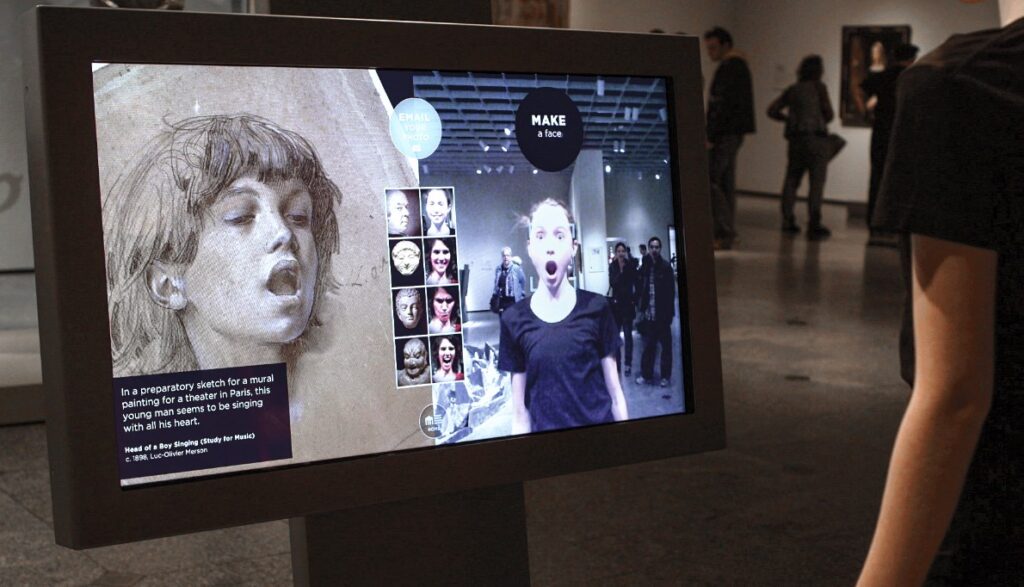
Implementing digital signage and interactive displays throughout performing arts centers significantly improves visitor experiences from the moment they enter the venue. These technologies can be used for wayfinding, providing event schedules, artist bios, and other useful information in an engaging format.
Interactive displays can also enhance educational outreach, allowing visitors to interact with multimedia presentations about the history of the arts or specific performances.
Moreover, digital signage offers dynamic advertising spaces for upcoming shows or special events, which can be updated instantly and targeted to specific audiences based on the time of day or current audience demographics.
This integration not only enriches the visitor experience but also streamlines communication and marketing efforts within the facility.
Investing in Commercial Sound Systems
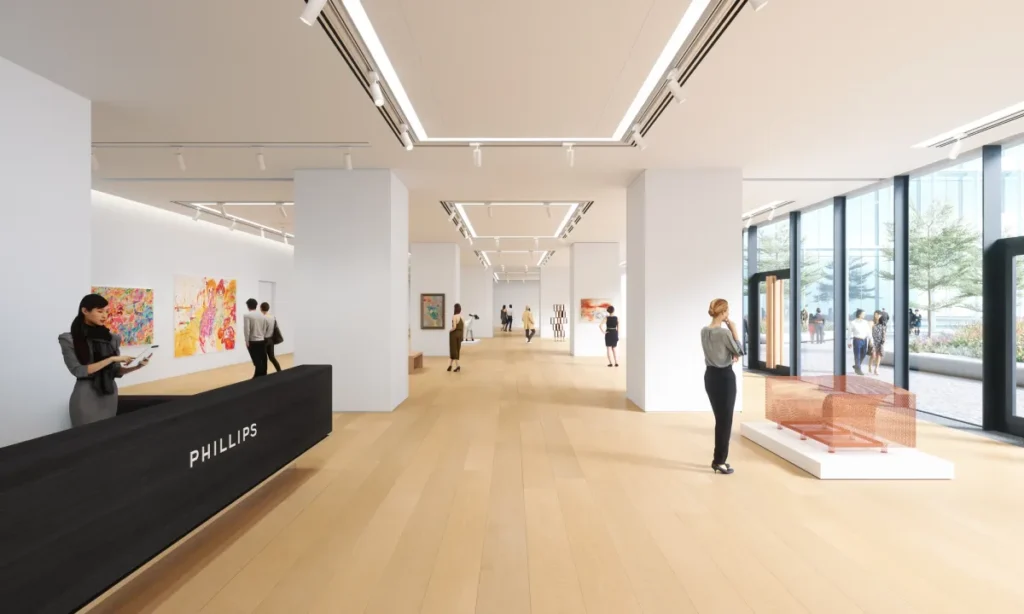
A commercial sound system is a must-have for any performing arts center aiming to deliver a premium auditory experience. High-quality sound systems ensure that every note of music, every word spoken, and every sound effect is heard, without distortion, regardless of where an audience member is seated.
These systems are designed to handle the complex acoustics of large spaces, providing consistent sound quality that covers the entire auditorium.
Investing in top-tier commercial sound systems involves selecting equipment that can deliver clarity, range, and depth of sound. Features like digital mixers allow sound technicians to adjust levels in real-time, optimizing audio quality during different types of performances.
Advanced sound processing technologies can reduce echoes and unwanted noise, ensuring the focus remains on the performance.
The integration of wireless microphone systems and in-ear monitors can significantly enhance the quality of live performances. These systems offer freedom of movement to the performers while maintaining sound fidelity. The capability to customize sound profiles for specific events or performances allows technicians to create unique auditory experiences tailored to each show.
As performing arts centers look to draw in audiences and create memorable experiences, ensuring the presence of a robust commercial sound system is non-negotiable. Not only does it play a pivotal role in performance quality, but it also significantly influences overall audience satisfaction and return visits.
Energy Efficiency and Sustainability
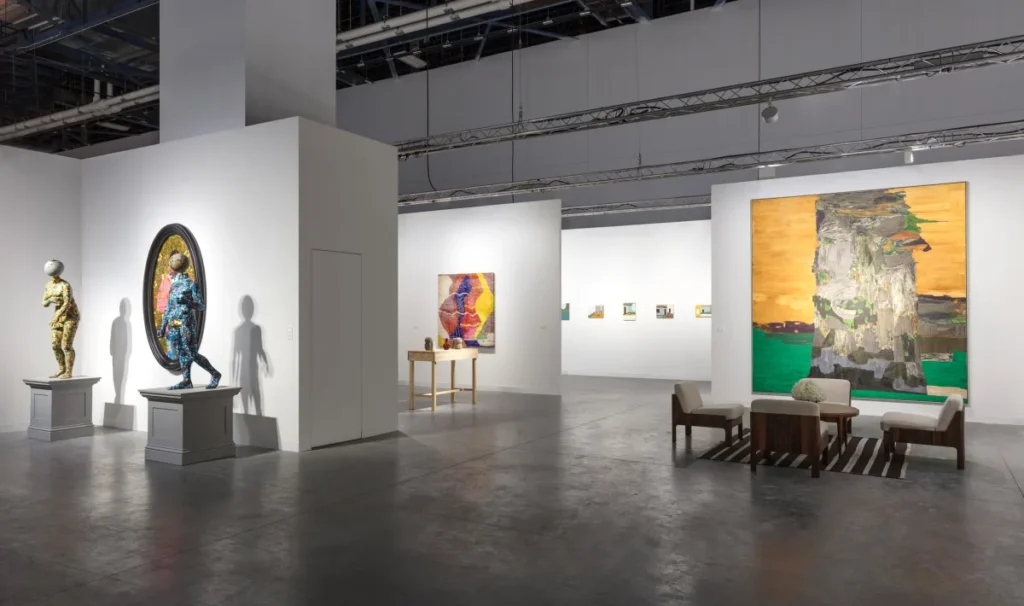
Modern performing arts centers are increasingly focusing on sustainability and energy efficiency. This involves investing in technologies like smart HVAC systems, which maintain optimal air quality and temperature while minimizing energy use.
Solar panels and other renewable energy sources can also be integrated into the building’s infrastructure to reduce operational costs and carbon footprints, demonstrating a commitment to environmental stewardship.
Investing in the right technology is paramount as performing arts centers continue to navigate the challenges of a digital era. By embracing these innovations, performing arts centers can ensure they remain relevant and competitive, offering enchanting experiences that draw audiences back time and again.
Through strategic investments in technology, these institutions can thrive, blending tradition with modernity to celebrate and propagate the performing arts far into the future.








